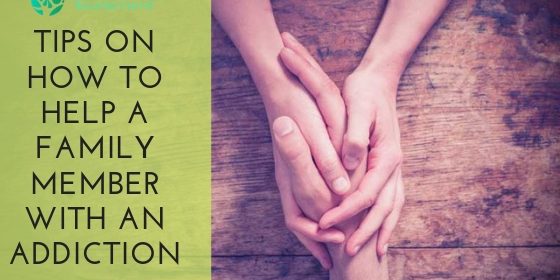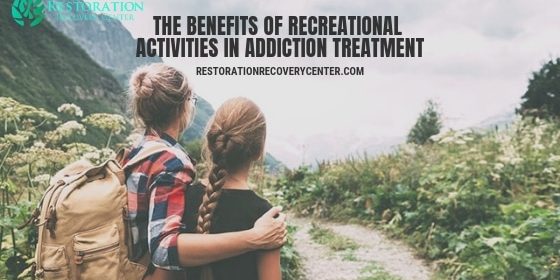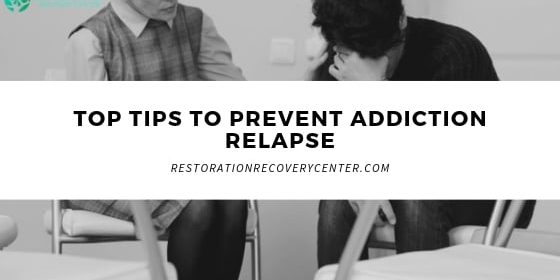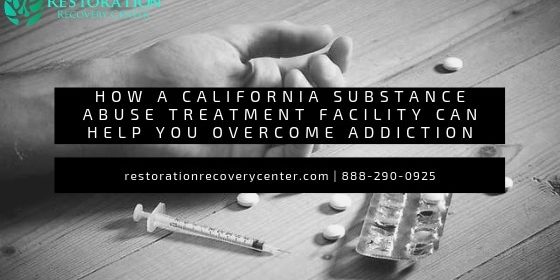What Are the Signs of Opioid Overdose?
The United States has been in the midst of an opioid epidemic for years leaving many individuals and their families feeling deeply affected. Many individuals living with untreated opioid use disorder (OUD) have overdosed and could have been helped if someone had rendered aid or called emergency services in time. Therefore, it is crucial for individuals to learn to recognize the signs and symptoms of opioid overdose. Expanding many individual’s basic level of understanding and addiction awareness may significantly reduce opioid overdose cases. Surrendering to opioid rehab in California at Restoration Recovery can provide those facing problems with OUD with the resources that they need.
What Is Opioid Use Disorder?
According to MedlinePlus, opioids, also called narcotics, are a class of drugs. Opioids consist of strong prescription pain relievers such as hydrocodone, oxycodone, tramadol, and fentanyl. Heroin is an illegal opioid.
As stated by the Centers for Disease Control and Prevention (CDC), it was estimated that approximately 75% of drug overdoses in 2021 involved opioids. Based on a recent study, the number of overdose deaths involved ten times the death rate in 2021 in comparison to 1999. An individual facing challenges with OUD may present a habitual use of opioids.
The patterned misuse of opioids can cause severe distress in one’s life. OUD can negatively interfere with many different aspects of an individual’s existence. For example, OUD can significantly impair relationships, an individual’s work performance, and academic success. Withdrawal symptoms due to untreated OUD often lead one back to the vicious cycle of addiction.
Various Signs of Opioid Overdose
A vast majority of individuals find it difficult to recognize the warning signs of an opioid overdose. It is imperative to know the signs of an opioid overdose as it can be extremely life-threatening. An opioid overdose often requires a rapid emergency response. Learning to recognize the signs of an opioid overdose is critical to preventing an overdose death and potentially saving the many lives of others. According to the Substance Abuse and Mental Health Services Administration (SAMHSA), overdose signs that may help one recognize an individual may be in trouble include having:
- An extremely pale face
- Clammy hands to the touch
- A limp-feeling body
- Purple or blue-tinted fingernails
- Nausea and presenting gurgling noises
- Inability to wake or speak
- A slowed heart rate or cardiac arrest
How to Respond to an Opioid Overdose
A majority of individuals are not familiar with the telltale signs of an opioid overdose. Therefore, not many individuals know how to effectively respond to someone in a critical medical state. An opioid overdose can feel distressing, uncomfortable, and, in some cases, very painful. Based on the aforementioned SAMHSA publication, there are several different methods one can take to save a person’s life. A few important steps one can take to save an individual’s life include:
- Quickly dialing 911
- Initiate CPR if the person is feeling weak or has stopped breathing
- Reverse opioid overdose with a drug naloxone if available
It is important to share the warning signs of a potential overdose to appropriately deliver life-saving care while waiting for an emergency paramedic to arrive. This is imperative as the individual suffering from an opioid overdose will not be alert to effectively treat themselves. Describing the signs and symptoms of an opioid overdose to caregivers, family members, or such individuals with OUD can potentially save a life.
Helpful Strategies to Prevent an Opioid Overdose
Although spreading awareness can give individuals the tools needed to prevent and respond to an opioid overdose, there are several different strategies one can take to prevent a potential overdose. Prevention methods are critical to reducing opioid mortality rates. A few different techniques one can follow to help a loved one avoid an overdose include advising one to:
- Take their prescribed dosage
- Never mix opioids with other drugs or alcohol
- Avoid taking someone else’s opioids or other substances
- Prevent pets and children from accidental ingestion
- Dispose of old pill containers
Gaining Resources and Awareness With Restoration Recovery
OUD and overdose awareness is crucial to effectively aid those in jeopardy. For some individuals, it can be challenging to guide a loved one to start addiction treatment. It can be helpful to lightly encourage responsibility and allow them to safely experience the hard consequences. The biggest step is for this individual with OUD to seek professional assistance, but one must accept reality in order to change.
Respectfully encouraging loved ones who are facing challenges with OUD to surrender to professional care can significantly improve one’s quality of life. Everyone deserves to heal and effectively recover from addiction and co-occurring mental health conditions. For those facing problems with OUD, Restoration Recovery’s opioid rehab program can be beneficial in not only treating their addiction but also teaching them prevention and response methods to manage an overdose.
Recognizing the signs of an opioid overdose can help save lives. At our California recovery center, our serene setting helps clients achieve not just wellness, but wholeness. Fortunately, there is evidence-based help available for opioid use disorder. Although opioid addiction can never be cured, you or your loved one can learn to manage it successfully and lead productive, substance-free lives. Restoration Recovery is a certified opioid rehab center in California that offers a variety of treatment programs for those facing problems with OUD. Each client at Restoration Recovery is assessed to create a personalized treatment plan tailored to their unique needs. Holistic therapies are also available to support healing and recovery. Call us at (888) 290-0925 to learn more.






